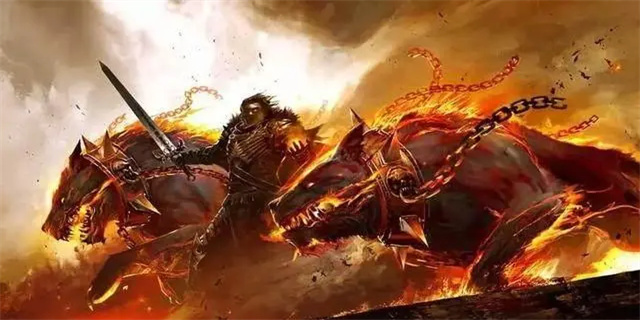Roguelike: A Journey into the Depths of Permadeath
Introduction: Defining Roguelike
Roguelike games have captured the hearts of gamers around the world, offering a unique blend of challenge, strategy, and exploration. Derived from the pioneering 1980 game \"Rogue,\" these games have since evolved into a genre of their own. With their procedurally generated worlds, permadeath, and strategic gameplay, roguelikes provide an exhilarating experience that keeps players coming back for more. In this article, we will explore the essence of roguelike games, their history, and their enduring appeal to gamers of all levels.

The Early Roots: Origin of Roguelike
The term \"roguelike\" was coined in the early 1990s, referring to games that replicated the gameplay mechanics and features of \"Rogue.\" Developed by Michael Toy, Glenn Wichman, and Ken Arnold, \"Rogue\" introduced the concept of turn-based dungeon crawling, where players navigate through maze-like dungeons filled with monsters, traps, and treasures. What set Rogue apart was its permadeath mechanic, meaning that once the player character dies, there is no reloading or continue option. The progression is reset, and the player starts a new game, navigating through a newly generated dungeon.

Over the years, roguelike games have expanded and incorporated new elements, such as ASCII-based graphics, complex item management, and character progression. With each playthrough being unique, these games have challenged players to think tactically, adapt to random environments, and make strategic choices to survive and progress. Titles like \"NetHack,\" \"ADOM,\" and \"Angband\" further solidified the genre, inspiring countless developers to create their own roguelike experiences.
The Modern Era: Evolution of Roguelike
The advent of new technologies and the rise of indie game development has sparked a renaissance for the roguelike genre. Developers have embraced modern graphics, intuitive user interfaces, and expanded gameplay mechanics while preserving the core elements that define a roguelike experience. The 2004 release of \"Dwarf Fortress\" introduced a complex world simulation, where players manage a group of dwarves striving for survival and prosperity in a dynamically generated world. This game showcased the genre's potential for emergent storytelling and depth.
In recent years, roguelike games have gained mainstream popularity through titles like \"The Binding of Isaac,\" \"Spelunky,\" and \"Enter the Gungeon.\" These games feature fast-paced action, tight controls, and a constant sense of danger. Each playthrough offers a new challenge, with unpredictable level layouts, random item drops, and unexpected enemy encounters. This combination of randomness and skill-based gameplay has captivated players, providing endless replayability and a strong sense of achievement upon completion.
The Enduring Appeal: Why We Love Roguelike
So, what is it that makes roguelike games so compelling and enduring? One key factor is the element of permadeath. The fear of losing all progress and having to start anew adds tension and urgency to every decision. Each encounter becomes a calculated risk, forcing players to strategize and adapt on the fly. This constant state of vulnerability and uncertainty keeps players on the edge of their seats, ensuring that no two runs are ever the same.
The procedural generation of roguelike games is another crucial aspect. The randomization of levels, enemy placements, loot, and events ensures that players can never fully memorize or predict the game's challenges. This leads to a high level of replayability, as every playthrough is a unique experience. Each success or failure acts as a learning opportunity, motivating players to refine their strategies and discover new tactics to survive the ever-changing world.
Finally, roguelikes often reward player skill and knowledge. In contrast to some other genres, success in roguelike games is not solely dependent on grinding or leveling up. A deep understanding of the game's mechanics, enemy behavior, and item synergies can give players an edge. This appeals to those seeking a rewarding and intellectually stimulating experience that requires both wit and reflexes.
Conclusion: The Rogue Reimagined
Roguelike games continue to push boundaries and captivate players with their unique blend of challenge, strategy, and replayability. They have come a long way since the release of \"Rogue,\" evolving into a diverse genre that offers something for everyone. Whether you are a seasoned veteran or new to the roguelike experience, these games provide a journey into the depths of permadeath that will test your skills, reward your knowledge, and keep you coming back for more.


















